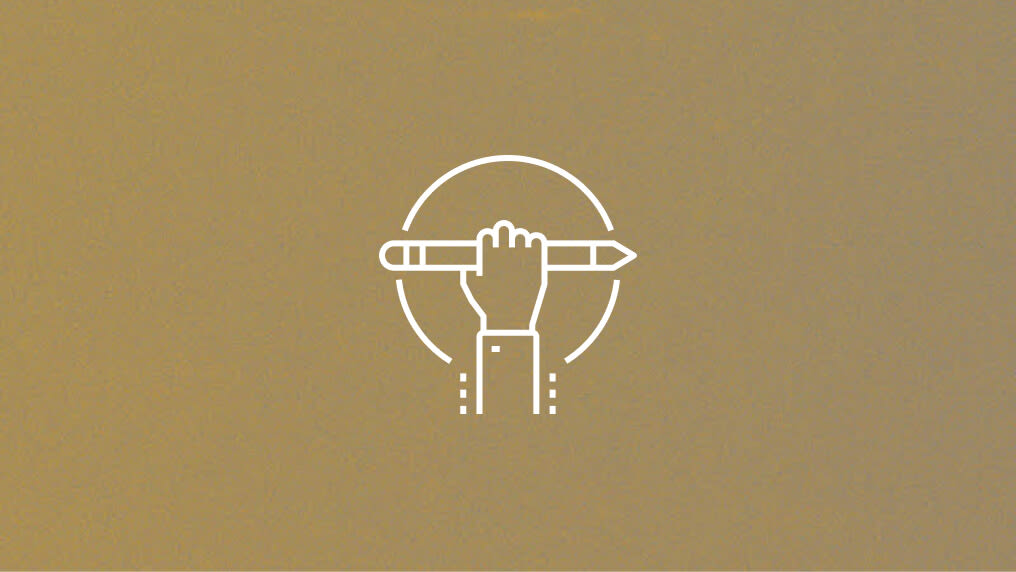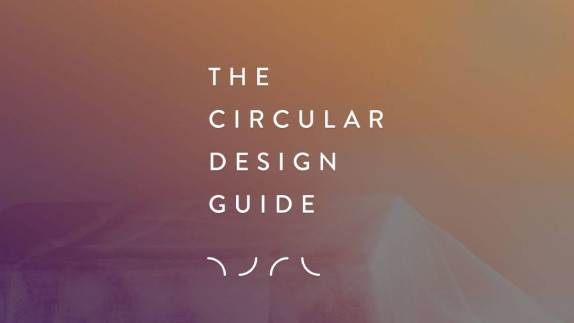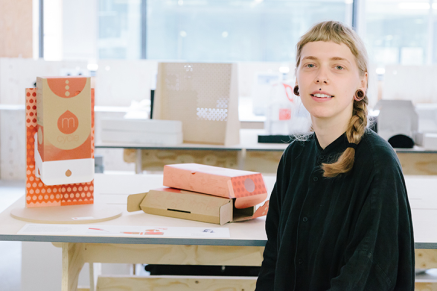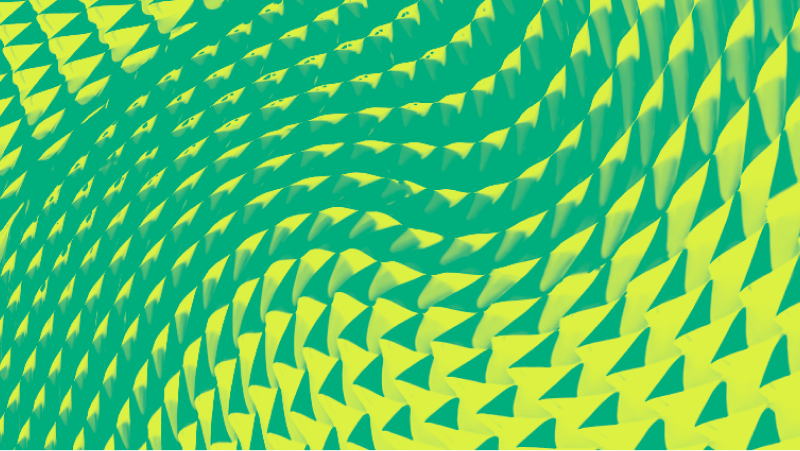Author: Strata, furniture that changes to fit your life
According to Katrine, Victor and Matthieu, designers are enablers, and if they have one important skill, it is connecting others. The STRATA team has the mission to accelerate the transition to circular business models, starting with home furnishing.
According to Katrine, Victor and Matthieu, designers are enablers, and if they have one important skill, it is connecting others.
The team behind STRATA have a big idea: modular furniture that changes according to different stages in life. But like the product, this concept didn’t arrive fully formed. This is the unique story of how two young designers joined forces with a business model innovator to bring circular design to life.
While studying at the Royal College of Art, Katrine Hesseldahl and Victor Stimfors developed the concept of STRATA, a furniture company that provides furniture as a service as well as a product. They started working together on a brief they were given by the Exploring Emerging Futures Platform (EEF) and Space 10, an innovation lab in Copenhagen. The challenge was to ‘Explore the future of retail in the context of open circular and distributive production’ and it was ideally suited to their curious minds.

Victor’s background includes exploring sustainability, the circular economycircular economyA systems solution framework that tackles global challenges like climate change, biodiversity loss, waste, and pollution. It is based on three principles, driven by design: eliminate waste and pollution, circulate products and materials (at their highest value), and regenerate nature., and digital manufacturing through his studies at the RCA and Central Saint Martins. Later, he applied his skills to several startups in the field, and learned about distributive manufacturing, where products are made locally by sending files instead of transporting products across the world. This allows each product to be unique and fit every customer’s needs and aesthetic preferences. This experience proved invaluable in responding to the design brief.
Meeting Katrine proved to be a fortuitous twist of fate for both students, as she also came from a strong background of product design, having studied at the Royal Academy in Denmark. Taking her place at the RCA to finish her Masters, Katrine was keen to pursue her interest in the ‘human sensitive’ aspects of design. Katrine sees circular design as an underlying mindset for everything they now incorporate at Strata and believes that the activities of the startup point at how the role of the designer may change in the future.
After a few months of working on the EEF/Space 10 brief, Victor and Katrine had created a working model that takes home furnishing products - anything from a sofa to a kitchen - and then splits those products into different layers, attaching a different business model to each layer. They took their idea to Copenhagen to show the results, and sitting in the audience was Matthieu Leroy.
Still working at inter IKEA Systems, Matthieu was one of the company’s circular economy leaders. He was amazed by Katrine and Victor’s concept and immediately invited them a workshop on IKEA’s circular strategy for IKEA 2025. Meeting and working alongside Matthieu was a breakthrough for Victor and Katrine, and proved crucial in taking their idea a step closer to reality.
Matthieu had worked on sustainability in the past, but found that most efforts were about making things ‘less bad’. Instead, he wanted to focus on doing things right from the start, and thought that changing business models, as well as products, could be key.
Victor and Katrine had changed everything about the tired, take-make-dispose model for furniture. STRATA keep ownership of the long lasting base layers of material, which will be used over and again. The ‘skin’ layers, on the other hand, have a shorter use and change more often because they depend on fashion and style, and so are designed to be super recyclable.
After seriously thinking about it for a couple of months, Matthieu called Victor and Katrine last June and simply said:
“You’ll be graduating soon. It would be awesome if we could join forces, and together, try to take STRATA to the market.”
Katrine told us that this was a pivotal conversation:
“There is a very clear distinction that happens when you move from being a student at a design school to actually thinking of yourself as a business.”
Leaving his job to become an entrepreneur saw Matthieu perfectly align his personal and business missions. Circular design is very close to his heart and something he genuinely wants to devote his energies towards. STRATA aims to accelerate the transition to circular business models in furniture - an ethos all three share and are determined to bring to the mainstream.
STRATA is beginning by looking at student accommodation and collaborating with local craftsmen and entrepreneurs to design the ‘skin’ layers. The average tenancy in the UK is 15 months, with students spending most of their time in short term lets. This means people are not always able to express themselves with their own ‘stuff’ in their rented homes. Strata’s vision is that when a tenant arrives at their house or flat, all the heavy, expensive base layers are already in place and provided by the landlord. The tenant simply adds the recyclable skin layers of their choice. According to Matthieu it is the “Netflix of home furnishing.”

The team is aiming to be active in 500 student apartments in three years, with different tariff packages from basic upwards, offered to landlords. They are now actively seeking contracts or letters of intent from landlords with the aim of providing full service contracts of 3-5 years.
However, the team insists they are only one part of the process and they want other businesses to tap into the same model. According to Katrine, Victor and Matthieu, designers are enablers, and if they have one important skill, it is connecting people. With their commitment to circular business models, they believe the principles of a circular economy will soon become the rules of the game.

Circular Design Guide
This page is part of the Circular Design Guide. Get an overview of the project, or dive straight into our activities to help you understand, define, make, and release circular innovations.









